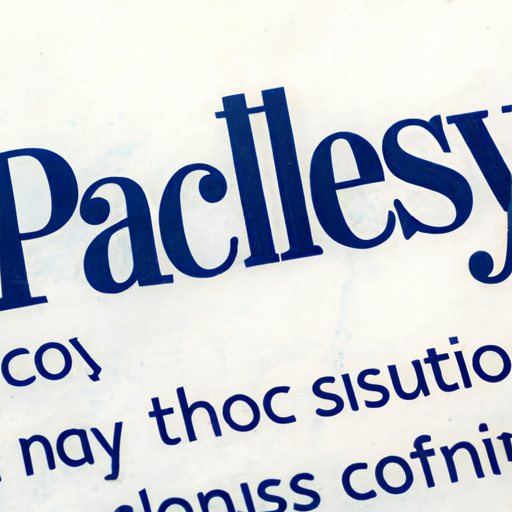PayPal Cost-Cutting Likely to Persist
In the ever-evolving world of online payments, PayPal has emerged as a giant, offering a convenient platform for transactions and money transfers. Since its establishment in 1998, it has revolutionized the e-commerce landscape, with millions of merchants and users utilizing its services. However, as the market becomes increasingly competitive, PayPal has been focused on cost-cutting measures to maintain its leading position and boost profitability.
Understanding PayPal’s Cost-Cutting Strategy:
Cost-cutting measures are essential for any business wanting to maximize profits and drive sustainable growth. PayPal has recognized this need and remains committed to optimizing its operations to reduce costs. The company has undertaken various strategies to achieve this goal:
- Operational Efficiency: PayPal continuously evaluates its operations, looking for areas where efficiency gains can be made. This may involve streamlining internal processes, enhancing automation, and embracing emerging technologies.
- Workforce Optimization: Identifying areas where manpower can be rationalized and deploying resources efficiently contributes to substantial cost savings.
- Smart Sourcing: By partnering with external vendors and leveraging their expertise, PayPal can reduce development and maintenance costs while focusing on its core competencies.
These cost-cutting measures are not limited to any specific timeframe but are an integral part of PayPal’s long-term strategy. The company is committed to continuous improvement, ensuring that it remains agile and sustainable in a dynamic marketplace.
PayPal’s Motivation for Cost-Cutting:
Amidst rapid technological advancements and the rise of emerging competitors, PayPal is driven by several compelling motivations to focus on cost-cutting:
- Maintaining Competitive Edge: In an incredibly competitive market, PayPal understands the importance of pricing its products and services competitively. Through cost-cutting, PayPal aims to offer attractive pricing and maintain its market position amidst rivals.
- Enhancing Profitability: Cost-cutting measures help boost PayPal’s profitability, allowing the company to invest in research and development, innovation, and expanding its offerings.
- Staying Agile: By actively managing costs, PayPal ensures that it can quickly adapt and respond to changing market dynamics, regulatory requirements, and evolving customer needs.
PayPal understands that successful cost optimization is crucial not only for sustaining its profitability but also for driving innovation and maintaining its customer-centric approach.
The Future of PayPal’s Cost-Cutting:
“Cost optimization is part of who we are and how we operate. It’s not a one-time initiative, but a continuous process that ensures we remain competitive and deliver value to our customers, employees, and shareholders,” says John Donahoe, PayPal’s CEO.
PayPal’s cost-cutting measures are likely to persist as the company remains committed to maximizing its efficiency and profitability. As innovations and technology continue to transform the payment industry, PayPal will adapt and refine its strategies to maintain its market leadership.
In conclusion, PayPal’s cost-cutting endeavors are not only aimed at effective expense management but also driven by the desire to foster sustainable growth and deliver exceptional value to its stakeholders. Through continuous improvements, optimized workforce management, and smarter sourcing strategies, PayPal ensures it remains a dominant player in the ever-changing landscape of online payments.
